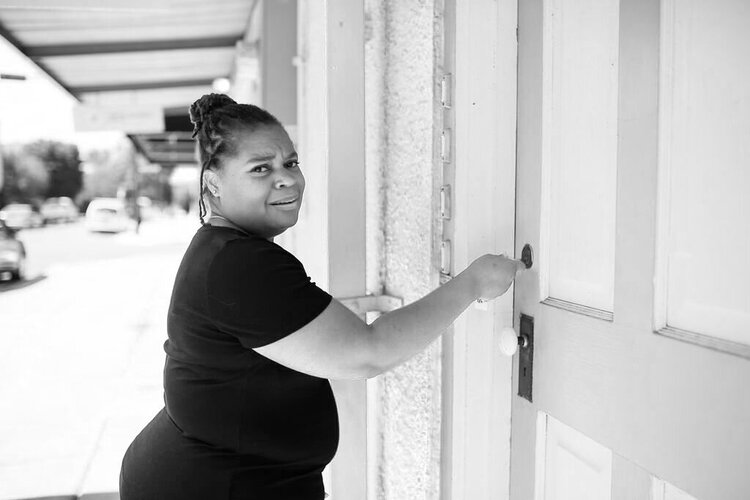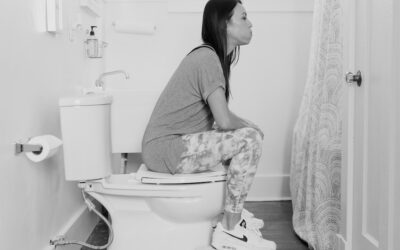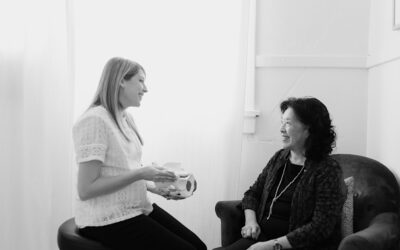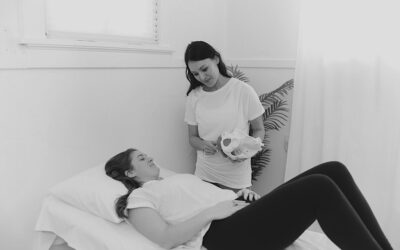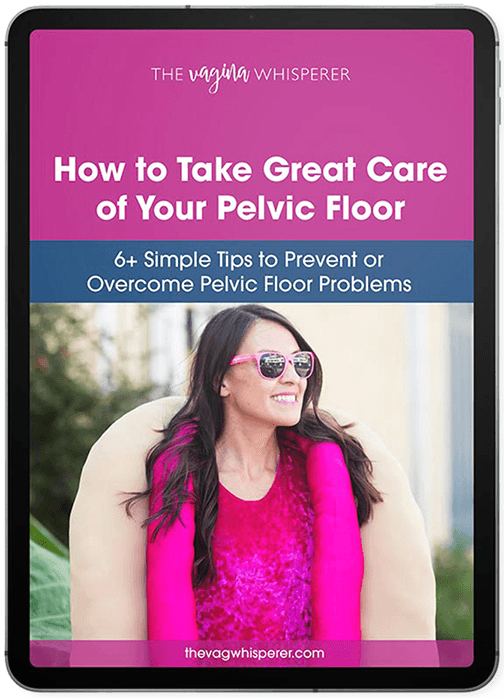If you feel like you’re constantly having the urge to pee, you may ask yourself… Why is my bladder so small? This feeling may occur after drinking coffee or alcohol, in cold weather, or gradually over time.
The good news is, having a small bladder isn’t just a normal part of aging – you can do something about it!
Why is my bladder so small?
Urinary urgency is the strong urge to urinate, often thought of as having a “small bladder”. This sensation can occur even when the bladder isn’t full. This can happen even when the bladder isn’t full, leading to urinary incontinence, where any amount of urine, from a little to a lot of urine leaks involuntarily.
Many factors contribute to this sensation:
- Pressure on the bladder: This can be from factors like pregnancy or tight clothing, anything that puts pressure on your bladder.
- Volume: Most bladders (not pregnant) can hold up to 1.5-2 cups during the day and up to 4 cups at night
- Frequency: Take into consideration bladder volume and quality hydration. Most people will void every 2-4 hours, or roughly 6-8x per day (more when you’re pregnant), and 0-2 times at night.
- Hydration: What did you drink and how much? Larger volumes of fluid (more than 2 cups between voids) or bladder irritants?
- Bladder irritants: Anything besides water can increase the risk of overactive bladder (OAB) – like coffee, soda, tea, alcohol, fizzy drinks, spicy foods, and more. This can make you feel an urge sooner.
Consider urge triggers
Is there something external happening that might cause your urge to be sooner or more intense than the actual fullness of your bladder? Most urges begin to start when your bladder is about 60-70% full.
Common urge triggers are:
- Running water
- Being in water
- Arriving home
- Putting your key in the door
- Seeing the toilet/bathroom
- Leaving the house and a “just in case” urge
How often do we actually think about balancing between internal cues and the external thought processing? Doing so will help you decide if you should or shouldn’t go.
Urge suppression techniques
What happens if you are often running to the bathroom to make it in time? Consider trying some urge suppression techniques.
- Distract yourself by counting backwards from 100 by 7s, scrolling on your phone, making a call, or making a grocery or to-do list. Taking your mind off the sensation can help.
- Wiggle your toes, do calf raises, or walk around on your tippy-toes. This may sound goofy, but your toes and bladder are close in the brain. Moving your feet and toes can cool down your bladder.
- Take big deep breaths. This helps quiet your nervous system, which can help decrease the urgency.
- Perform 5-7 kegel contractions. Activating your pelvic floor muscles can actually help your bladder urges calm down.
The idea is to decrease the intensity of the urge or stop it completely. Then, decide if it feels like an appropriate time to go.
It could also feel like a trigger causing the urge and not actual fullness or irritation. If that’s the case, suppress that urge and trust that when the bladder fills more, you will once again get the urge.
8 physical therapy tips to help a small bladder
Your pelvic floor muscles can help not only control the urge to pee, but also help with leakage should it occur.
- Sip fluids throughout the day. Drinking water helps to keep your bladder healthy. Instead of chugging a tall glass of water at once, sip it over the course of an hour or two.
- Avoid/limit alcohol, caffeine and smoking. All these things irritate your bladder and cause more frequent or urgent urges.
- Go when you need to go. It’s important not to ignore the urge when you feel it. Rather, go when you need to go if you feel it’s a “true urge” but also limit “just in case” pees when you don’t have to go.
- Schedule regular bathroom trips. Try scheduling regular times throughout the day for bathroom breaks. This will help you maintain control of your bladder muscles and avoid accidents.
- Practice pelvic floor exercises like kegel exercises. Strengthening your pelvic floor muscles through exercise can help to reduce bladder urgency.
- Gradually increase time between bathroom trips. Try to push your bathroom breaks just 15 minutes longer. Once you achieve that consistently, add 15 more minutes to the interval.
- Wear absorbent clothing. Wear absorbent clothing such as cotton underwear and breathable pants.
- Seek professional help. If at-home remedies are not helping, seek the advice of a medical professional.
Pelvic floor therapy for urinary urgency
You’re definitely going to pee more when you’re pregnant, keep that in mind! Postpartum, you may need to retrain your bladder’s awareness of filling and urges. Remember, it’s a balance between internal cues and thinking.
Sometimes intense or frequent urges may come with pain or leakage. Checking in with a medical provider can help rule out any underlying infections like urinary tract infections or risk factors like bladder cancer.
If your symptoms persist after treatment for infection, you can consult with a pelvic floor therapist. The therapist will evaluate if you require strengthening exercises, relaxation techniques, or a combination of both.
The V-Hive membership has courses for both pelvic floor relaxation and strengthening! Take the quiz to determine the right path for you.

